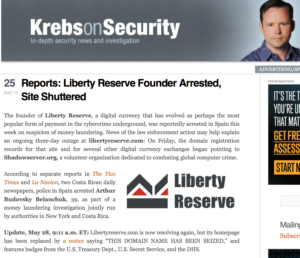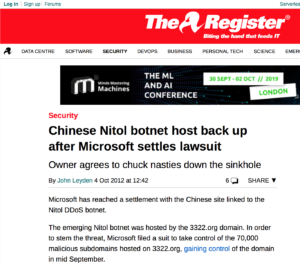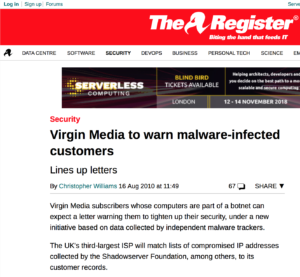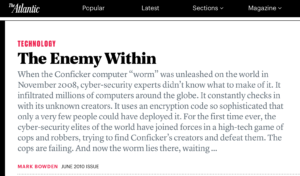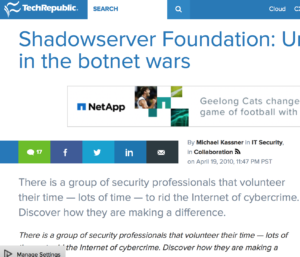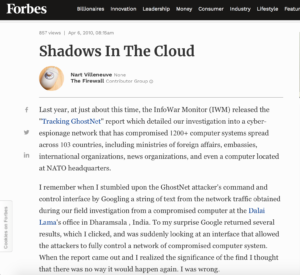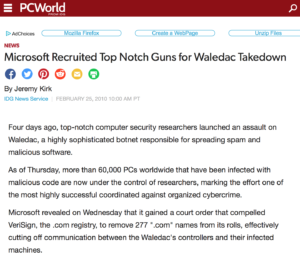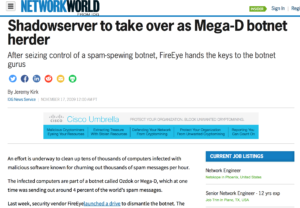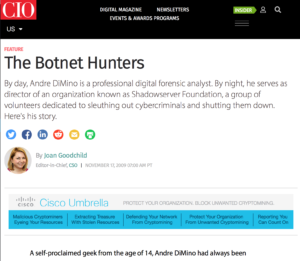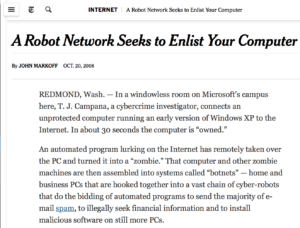Reports: Liberty Reserve Founder Arrested, Site Shuttered
The founder of Liberty Reserve, a digital currency that has evolved as perhaps the most popular form of payment in the cybercrime underground, was reportedly arrested in Spain this week on suspicion of money laundering. News of the law enforcement action may help explain an ongoing three-day outage at libertyreserve.com: On Friday, the domain registration records for that site and for several other digital currency exchanges began pointing to Shadowserver.org, a volunteer organization dedicated to combating global computer crime.


